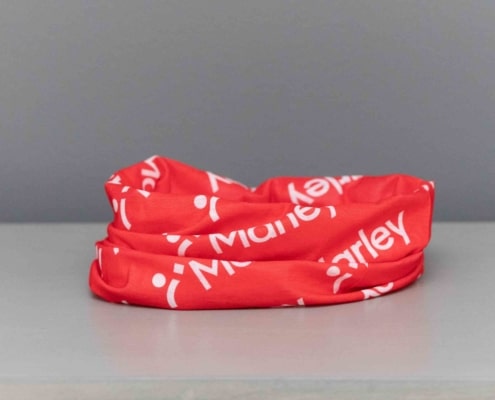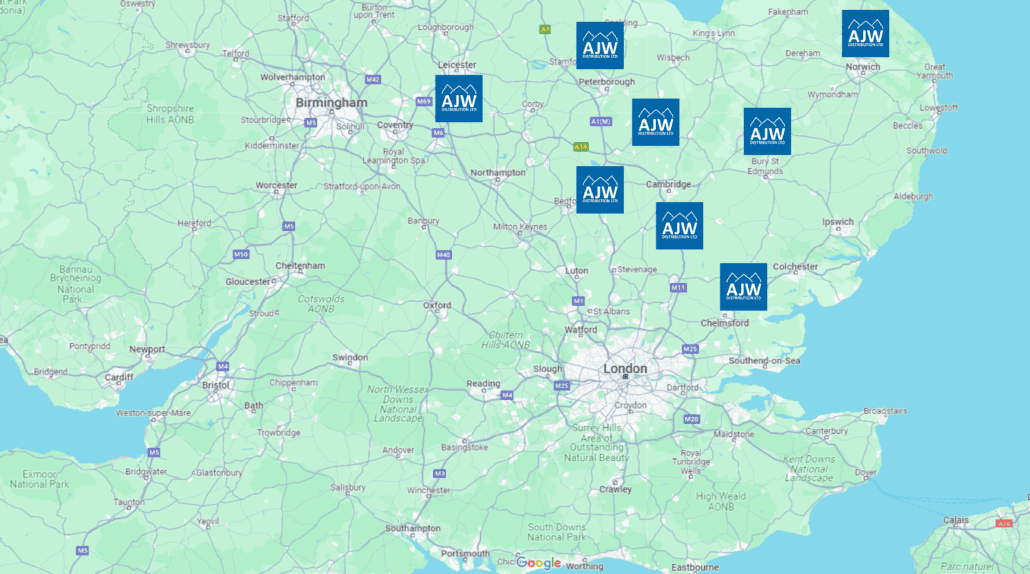When it comes to working on roofs in winter, don’t take any risks. Monitor the weather forecast so you can anticipate and be prepared for poor weather conditions. Carry out a risk assessment every day to check that it is safe to work and that conditions haven’t changed. Pay particular attention to working at height platforms and do not work on roofs in icy conditions. Always consider safety when working at height as scaffolding and roofs can become slippery.
Always install roofs to the BS 5534:2014 standard, as this was revised to help make roofs more secure against extreme weather. Get a new fixing specification for each project, as this will help to ensure the roof is as wind resistant as possible and will help to prevent call-backs. You can get a free fixing specification from our website www.marley.co.uk/specifying
Make sure that any clay tiles you use have passed all freeze/thaw test requirements. In the UK, clay tiles face a challenging environment because they have to go through many more freeze thaw cycles than those used in colder or warmer countries. That’s why EN 1304: the European Standard details robust test criteria to confirm freeze/thaw resistance. Clay roof tiles in the UK have to pass a minimum of 100 cycles to achieve CE marked status when tested in accordance with the frost test method detailed in BS EN 539-2: the European Standard test method for frost resistance.
All of Marley’s clay tiles have been tested to meet these standards and carry the CE mark to demonstrate conformity. If you are using clay tiles manufactured outside of the UK, as a minimum they should match the standard BS EN 1304 when tested to BS EN 539-2, otherwise they may not be durable enough for our changeable weather conditions.
Ensure roofing products are stored correctly. Many roofing products are delivered to site shrink wrapped but for products that aren’t, like battens, make sure they are protected from the weather or store them in racks that have a roof. Battens should always be stored on bearers, spaced so that twisting and sagging is prevented and protected from water saturation.
Protect unfinished roofs. Avoid using wet battens where possible and get roofs covered in at the earliest opportunity to prevent moisture damage.
Use dry fix where possible. Mortar should be avoided in very cold conditions, so even though mortar bedding with mechanical fixings is allowed under BS 5534, it may be worth switching to full dry fix systems in the winter to enable roofing work to go ahead. Make sure that any dry fix systems you use that require BS 8612 compliance, meet the requirements or have BBA certification.
If you are going to keep using mortar in the winter, the NHBC states that it should not be used below 2°C, to resist frost damage and BS 8000 part 3 says that mortar should not be mixed when the air temperature is at or below 3°C and falling, or below 1°C and rising.
Seal underlay laps. Always install membranes to BS 5534 requirements and seal the laps to prevent snow or water ingress. Our Breathable and Non-Breathable membranes come with integrated tape to seal the laps to prevent ballooning, without the need for additional tapes or the use of a dangerous fly batten.
Take steps to prevent condensation. Avoid using a breathable membrane as the only source of ventilation and ensure there is supplementary high and low level ventilation. To ensure there is adequate ventilation, you can get a free roof system specification from our technical team, or via our website.









